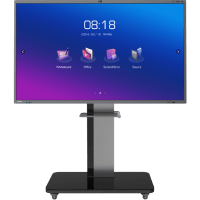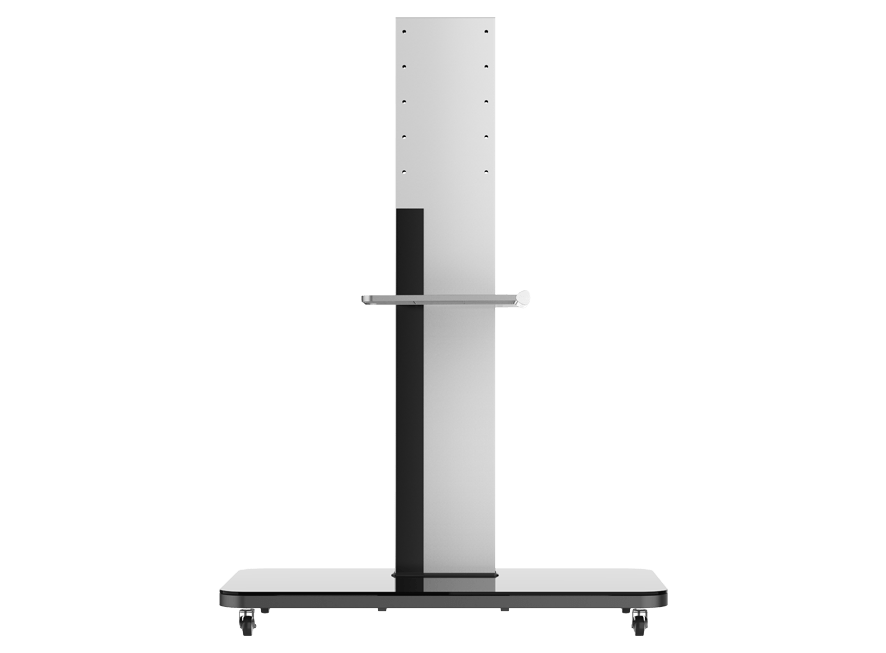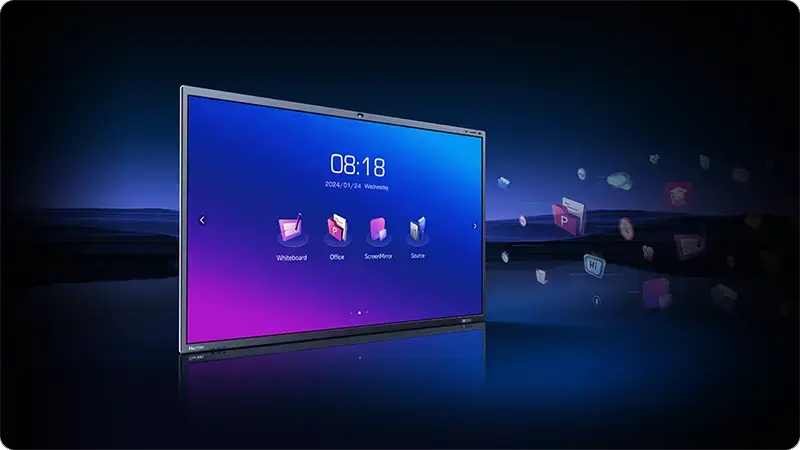
What Is the Difference Between 4K and Ultra HD Display?
In recent years, terms like Ultra HD Display and 4K have become more common, especially when buying televisions, monitors, or streaming devices. But what do these terms really mean? Are they the same thing, or is there a difference? Understanding these terms is essential for making the right purchase decision.
This blog will explain what 4K and Ultra HD Display mean, how they compare, and why it matters when choosing a screen for your home or workplace. By the end, readers will know how to spot the right option for their needs.
Understanding the Basics of Resolution
What Is a Resolution?
Resolution refers to the number of pixels on a screen. A pixel is a small dot that makes up the images you see on your device. The more pixels there are, the sharper and more detailed the image becomes.
For instance, an older 1080p screen, often called Full HD, has a resolution of 1920x1080 pixels. This means the screen is 1,920 pixels wide and 1,080 pixels tall. Both Ultra HD Display and 4K screens go beyond Full HD by offering even more pixels.
What Is an Ultra HD Display?
Ultra HD Display, also called UHD, is a screen resolution standard that has 3840x2160 pixels. This is four times the resolution of a standard Full HD screen. UHD is often used in modern televisions and computer monitors, offering clear and vibrant visuals.
Manufacturers often use "Ultra HD" to describe televisions designed for home use. It is a popular choice for those who love watching movies, gaming, or streaming in high quality.
What Is 4K?
4K is another term for high-resolution displays, but it originates from the film and production industry. A 4K resolution typically measures 4096x2160 pixels. This resolution is slightly wider than an Ultra HD Display, making it more common in cinemas and professional video editing.
While 4K and UHD are very similar, their primary difference is in the pixel count:
- Ultra HD: 3840x2160 pixels
- 4K: 4096x2160 pixels
However, for most people, the difference is hardly noticeable when watching TV or using a monitor at home.

Comparing 4K and Ultra HD Displays
Are 4K and Ultra HD the Same?
Technically, no. While their resolutions are close, Ultra HD Display is slightly smaller than 4K. However, in the consumer market, these terms are often used interchangeably, which can be confusing. Most televisions and monitors labeled as 4K are actually Ultra HD.
How Does the Difference Impact Viewing?
For everyday users, the slight difference between Ultra HD Display and M6TA resolution does not make a huge impact. Both provide sharp, clear images perfect for streaming, gaming, or working. The only time the difference might matter is in professional settings like video editing or filmmaking, where precise resolutions are necessary.
Why Is Ultra HD More Common?
Ultra HD has become the standard for home use because it fits easily into existing screen sizes and is cost-effective to produce. It also works well with most streaming services, which are optimized for Ultra HD content.
Factors to Consider When Choosing a Display
Screen Size and Viewing Distance
Compatibility
Make sure the devices you use, such as Blu-ray players, gaming consoles, or streaming services, support the resolution of your screen. Most modern devices are optimized for Ultra HD Display, so this should not be a major concern.
Cost
Conclusion
When comparing 4K and Ultra HD Display, the difference comes down to slight variations in resolution. For most people, an Ultra HD Display is the better option because it provides excellent image quality at an affordable price.
Understanding these terms helps buyers make informed decisions about their next screen, whether for home entertainment, work, or gaming. With technology evolving rapidly, investing in high-resolution displays ensures you are ready for the future of content.



















